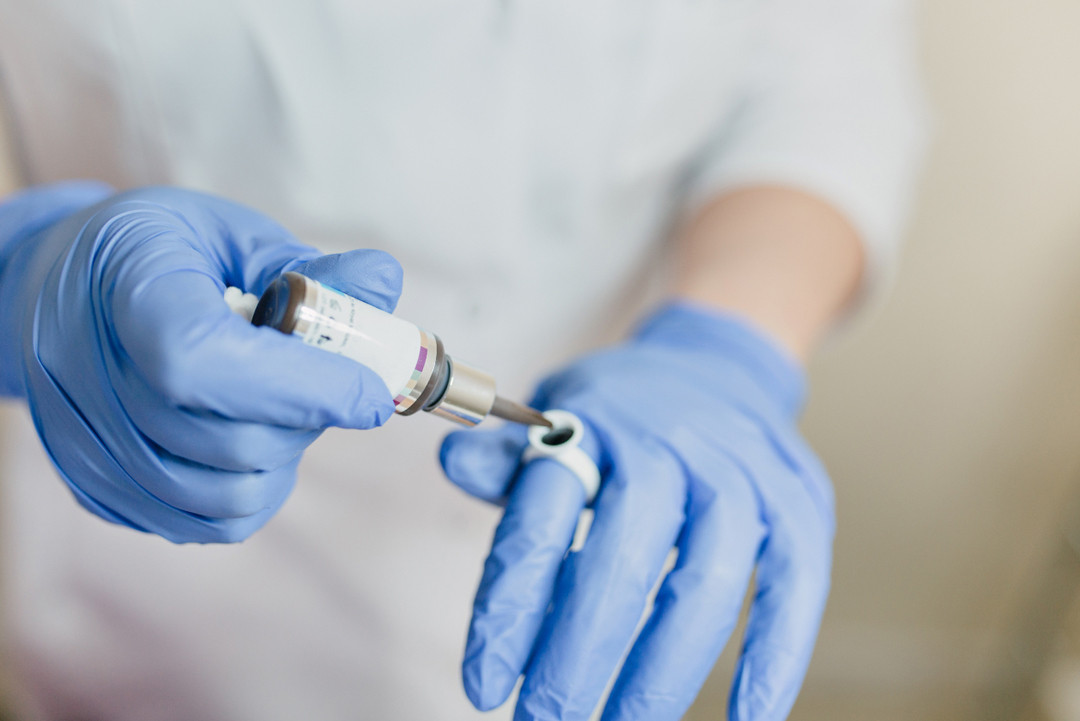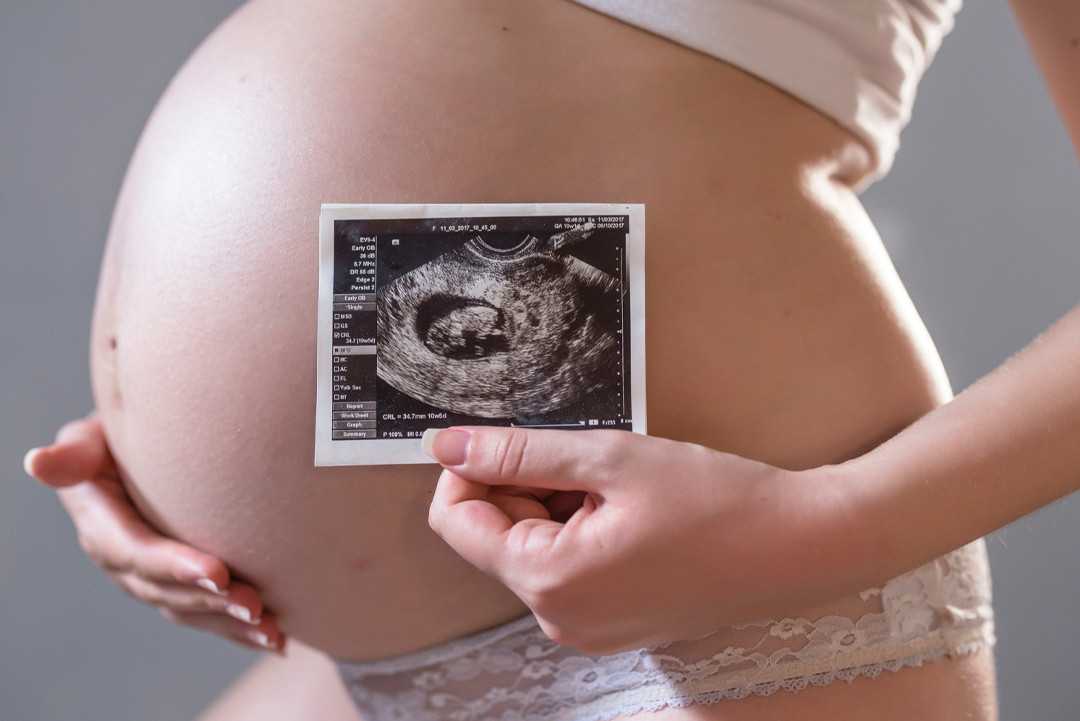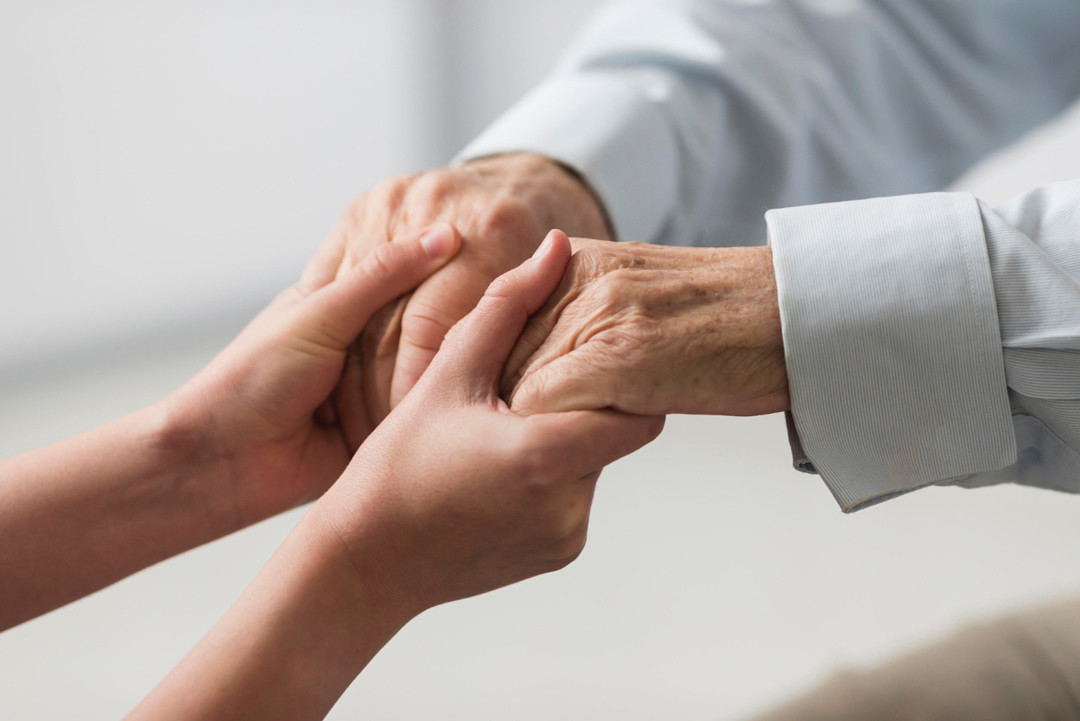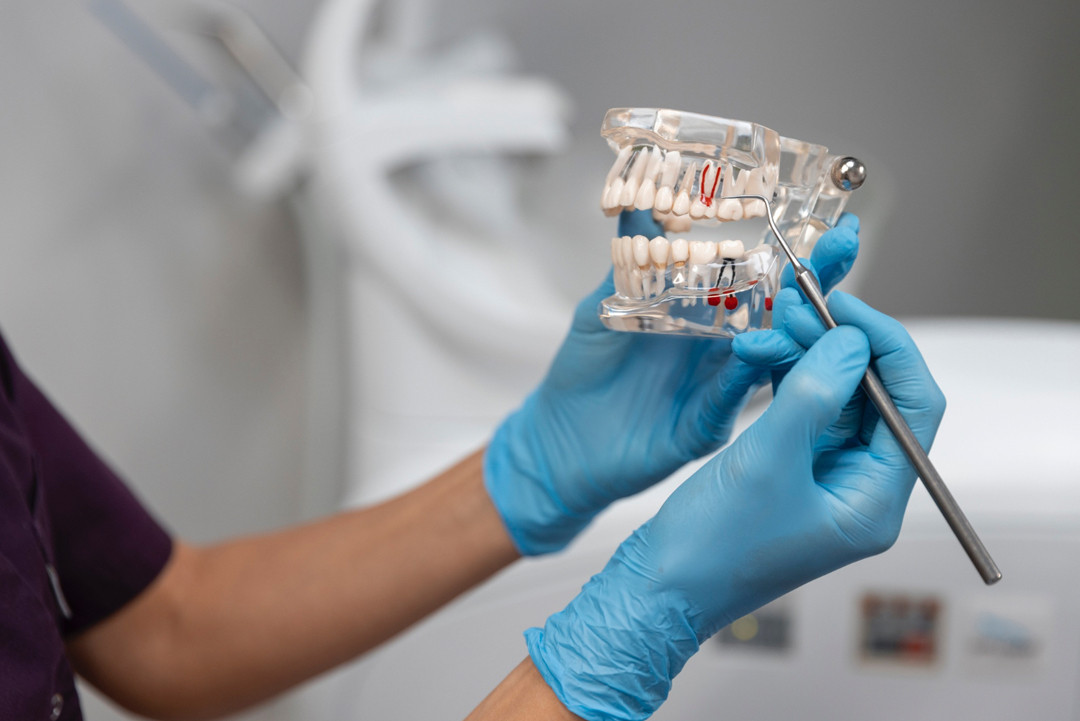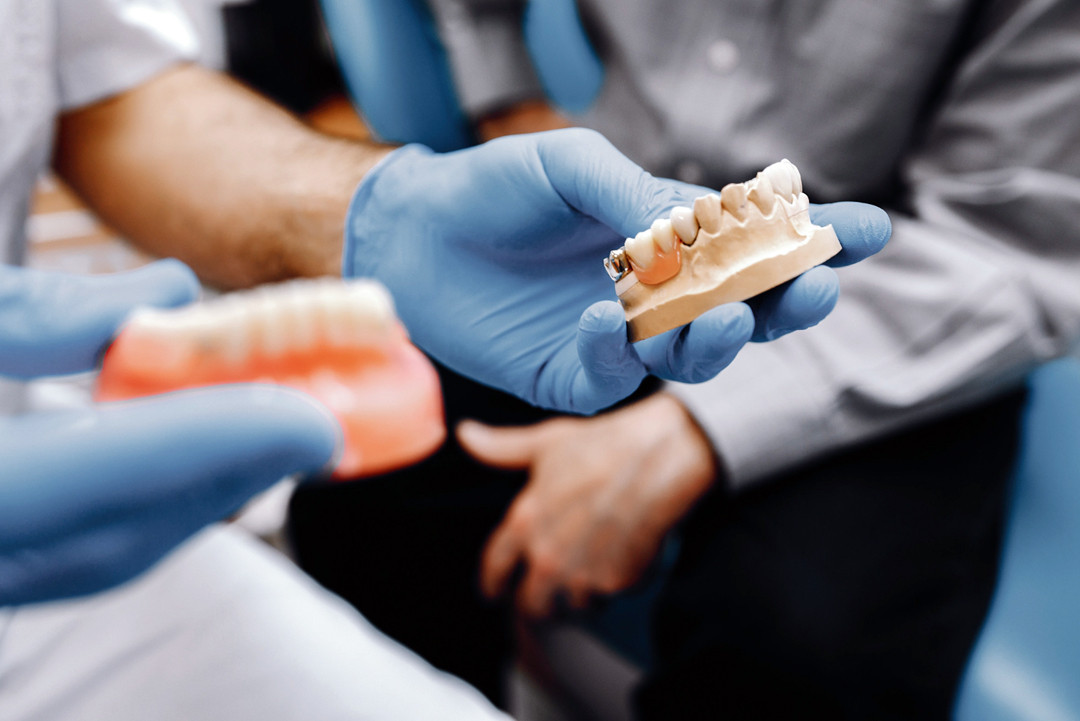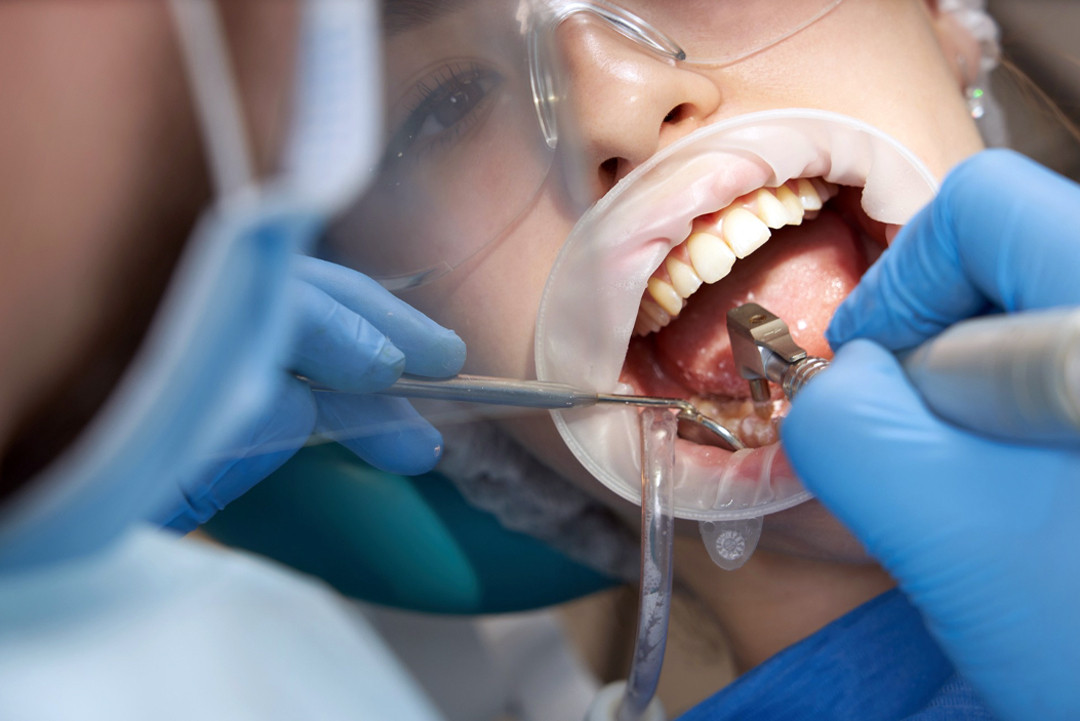Overview of Anesthesiology and Reanimation
Anesthesiology and reanimation are critical medical disciplines that focus on alleviating pain and supporting life during surgeries and medical procedures. These specialties are fundamental to modern healthcare, ensuring patient safety and comfort in various medical scenarios. Physicians specializing in anesthesiology and reanimation undergo rigorous training, completing five additional years of specialization after six years of medical education.
Anesthesiology
Anesthesiology involves the administration of medications to prevent pain during surgical and diagnostic procedures. Anesthesiologists develop customized anesthesia plans, monitor patients throughout procedures, and manage postoperative pain. They collaborate closely with surgeons, nurses, and other medical professionals to ensure optimal patient care.
Reanimation (Critical Care Medicine)
Reanimation, also referred to as intensive care medicine, focuses on treating critically ill patients. Intensivists provide life support and specialized care for severe injuries, illnesses, or conditions requiring close monitoring. Utilizing advanced technology and techniques, they work in hospitals and critical care units to maintain and restore vital functions in critically ill patients.
Types of Anesthesia
Anesthesia can be categorized into general, regional, and local types, each tailored to specific medical needs:
- General Anesthesia: Induces complete unconsciousness and loss of sensation. Administered via inhalation or intravenous (IV) methods, anesthesiologists carefully monitor vital signs, including heart rate, blood pressure, and respiratory function, throughout the procedure.
- Regional Anesthesia: Targets specific areas by injecting anesthetics into particular nerves or spinal regions. Common techniques include:
- Spinal Anesthesia: Injected into the fluid surrounding the spinal cord.
- Epidural Anesthesia: Delivered to the space around the spinal cord in the lower back.
- Peripheral Nerve Blocks: Applied to specific nerves to numb localized areas.
- Local Anesthesia: Administered directly to the surgical site to block pain sensations. Methods include:
- Topical Anesthesia: Applied to the skin.
- Infiltration Anesthesia: Injected into tissues around the site.
- Nerve Blocks: Delivered to specific nerves to localize pain relief.
Reanimation Treatments for Critical Patients
Critical care medicine involves a range of advanced techniques to support vital functions, including:
- Mechanical Ventilation: A ventilator aids or replaces lung function in patients unable to breathe independently. A tube connects the ventilator to the patient via the mouth, nose, or a tracheostomy. Intensivists adjust the settings to deliver precise oxygen levels based on patient needs.
- Hemodynamic Monitoring: Measures blood flow and pressure using arterial or central venous lines. This data helps intensivists assess cardiovascular health and adjust treatments as necessary.
- Vasoactive Drug Therapy: These medications regulate blood vessel dilation and constriction to stabilize blood pressure and improve circulation to vital organs. Administered intravenously, they are closely monitored for effectiveness.
Significance of Anesthesiology and Reanimation
Anesthesiology and reanimation are cornerstones of medical care, ensuring patient safety and effective treatment. These specialties rely on highly skilled professionals dedicated to improving patient outcomes through research, innovation, and advanced techniques. Their contributions extend beyond clinical practice to include the education and training of future healthcare providers, ensuring that advancements in anesthesia and critical care medicine continue to evolve.
Hospitals with well-established anesthesiology and reanimation units are indispensable for providing comprehensive, high-quality care, making these fields critical for advancing modern medicine.

